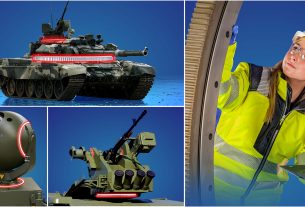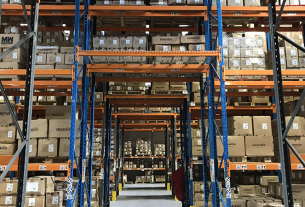The increase in modular automation is a response to the need for increased flexibility in the production line layout. Paul Jepson explains how the choice of motor can enhance efficiency.
Modular automation is the concept of using modular processes along the production line, allowing for the assembly of small or varying lots of products in a high mix, low volume production model.
It also saves space and energy to optimise production costs and also addresses one of today’s most pressing manufacturing problems, labour shortages.
Modular stations along a production line, allow for flexibility in the production layout – there is no longer a requirement to have linear production lines that cannot be crossed. It also means that some production segments can be replaced to accommodate different equipment for specific areas according to need.
The modular parts can address common tasks, such as transporting materials, assembling products or just maximising space with the ability to work in areas that are typically difficult to access.
The movable modules do not use AC power lines, relying instead on DC or battery power to ensure they can be moved around to suit. They also have to be compact and lightweight for ease of movement.
To accommodate both the small form factors and the energy efficiency needs of modular automation, Oriental Motor offers the compact, DC-powered AZ series. The AZ servo motors are based on stepper technology, with 1,000 steps hardware, which increases to 10,000 steps per revolution through microstepping. This allows a very wide degree of acceleration and deceleration for an agile module in the production line. It is also cost-efficient as it does not require a PID loop for positional accuracy, allowing modules to be manoeuvred with ease according to the production line’s requirements.
The AZ series can be used in automated sensor line assembly robots, for transporting products between stations, for example. These mobile robots replace traditional large conveyors within the production line. They have a small turning radius to move and work in space-constrained areas, using lightweight, compact motors.





